
Back to selection
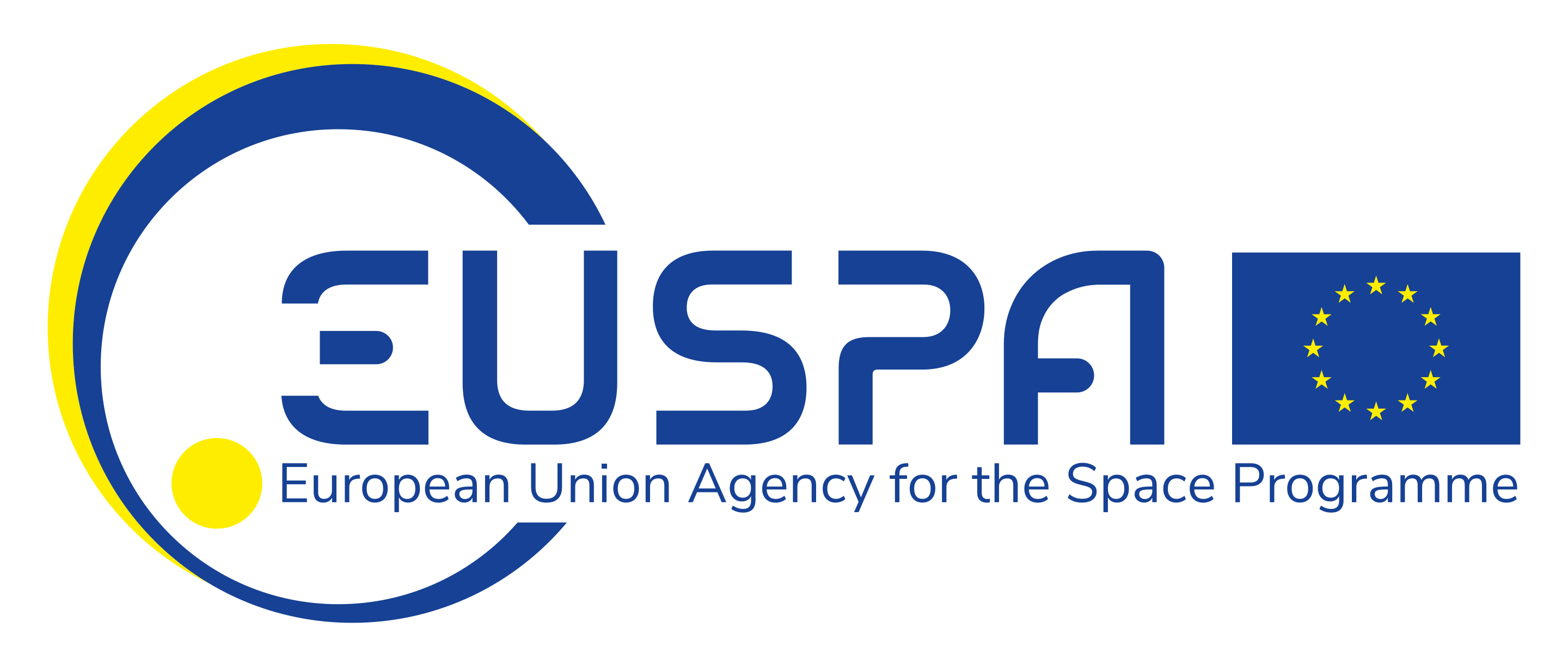
Supplier
EUSPA
European Union Agency for the Space Programme (EUSPA)
Janovského 438/2
170 00 Praha 7-Holešovice
Czech Republic
Galileo Global Navigation Satellite System (Galileo GNSS)
EUSPA (European Union Agency for the Space Program) is operating the Galileo Global Navigation Satellite System (Galileo GNSS) that was implemented by the European Union through ESA in 2016. EUSPA is headquartered in Prague, Czech Republic, and has two ground operation centers in Fucino, Italy and Oberpfaffenhofen in Germany. The system, which cost 10 billion euros, was named after the Italian astronomer Galileo Galilei with the aim of providing an independent high-precision positioning system for European political and military authorities, eliminating their reliance on the United States Space Force’s Navstar GPS system, the Russian GLONASS navigation system, or the Chinese BeiDou system, which can be disabled or degraded by their operators at any time.
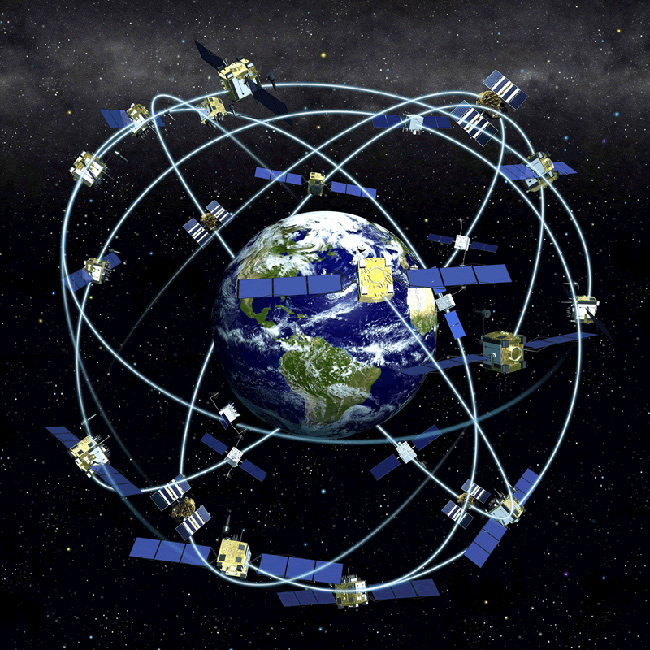
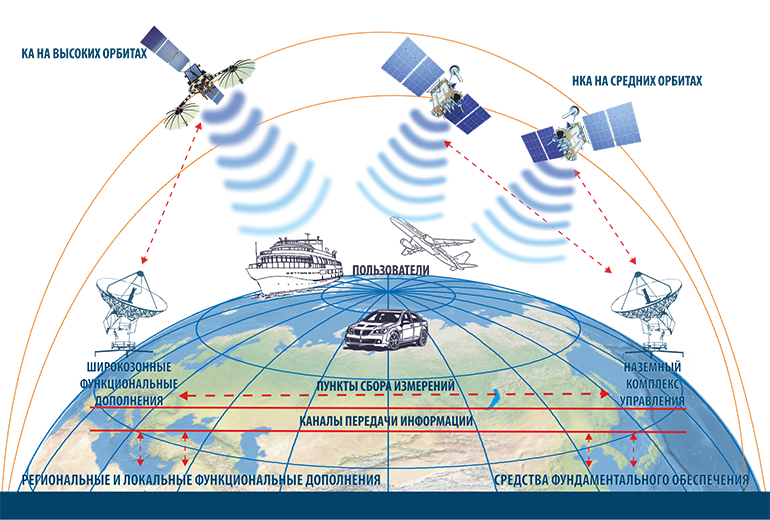
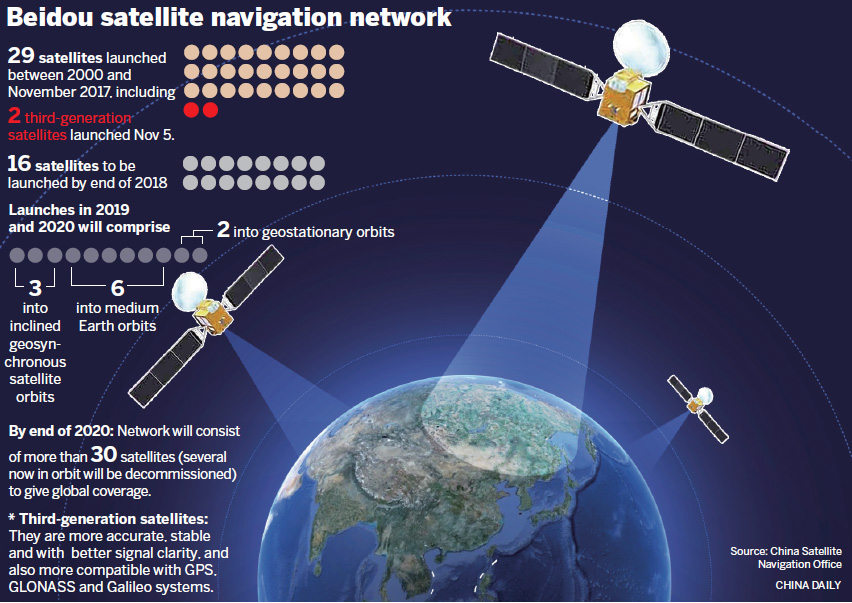
Galileo has higher accuracy than Navstar GPS, with less than 1 meter of accuracy using broadcast ephemeris (compared to GPS’s 3 meters) and a signal-in-space ranging error (SISRE) of 1.6cm (compared to GPS’s 2.3cm and GLONASS/BeiDou’s 4-6cm) when real-time corrections for satellite orbits and clocks are used.
The GIOVE-A, the first test satellite for Galileo, was launched from the Baikonur Cosmodrome launch site in Kazakhstan on December 28th, 2005, on a Soyuz FG launch vehicle. It was built by Surrey Satellite Technology (SSTL) from the UK and was retired on June 30th, 2012. The first satellite to become part of the operational system was launched on October 21st, 2011.
The European GNSS Agency (GSA) was initially established as the European GNSS Supervisory Authority (GSA) in 2004, and underwent a reorganization in 2010. The agency is headquartered in Prague, Czech Republic and has been based there since September 1st, 2012. Its initial responsibility was the management and monitoring of the Galileo program’s funds and the handling of any issues related to satellite radio-navigation.


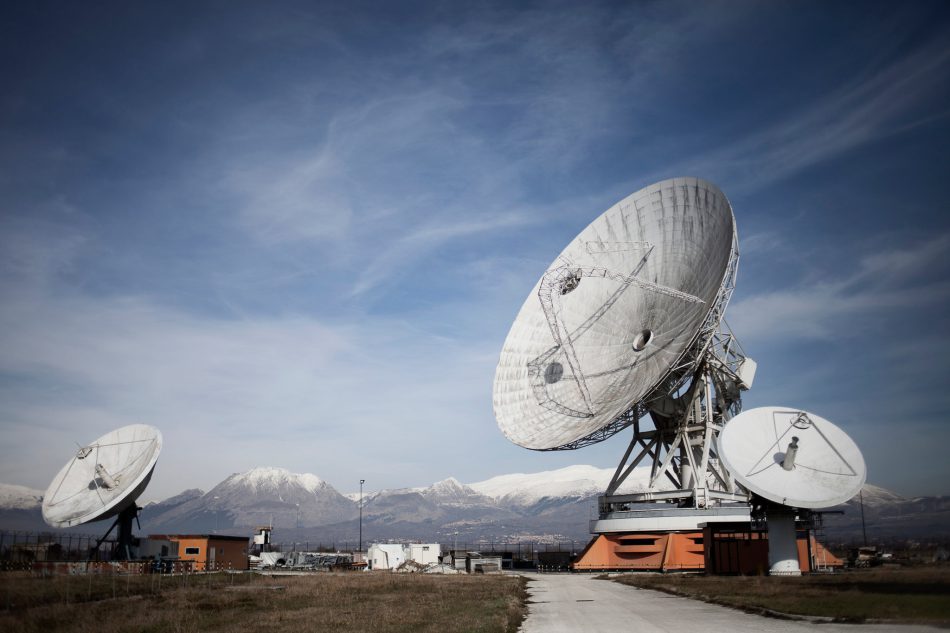
In June 2018, the European Commission put forward a proposal to convert the European GNSS Agency into the European Union Agency for the Space Program (EUSPA), which would combine and streamline the agency’s responsibilities for Galileo, EGNOS, the Earth Observation constellation of Copernicus, and a new Governmental Satellite Communication (GOVSATCOM) initiative. The proposal was accepted in December 2020, when the European Commission welcomed the political agreement reached between the European Parliament and the Council on the EU Space Program.
As of July 2018, 26 of the planned 30 active satellites (including spares) were in orbit. In December 2016, Galileo began offering Early Operational Capability (EOC) with a weak signal, and it was expected to reach Full Operational Capability (FOC) by 2022. The full constellation of 24 active satellites was expected to be in place by 2021.
On April 28th, 2021, the European Parliament approved the update to the EU Space Program regulation, thereby laying the groundwork for the creation of the European Union Agency for the Space Program. The regulation defines the agency’s competences, functioning, and budget of 15 billion euros within the multiannual financial framework 2021-2027, which represents the largest amount ever committed by Brussels for space programs. The regulation came into force on May 12th, 2021.
Basic Galileo services are free and open to everyone, while a fully encrypted higher-precision service is available for free to government-authorized users. Galileo is intended to provide horizontal and vertical position measurements with a precision of 1m. Additionally, Galileo will provide a new global search and rescue (SAR) function as part of the MEOSAR system.
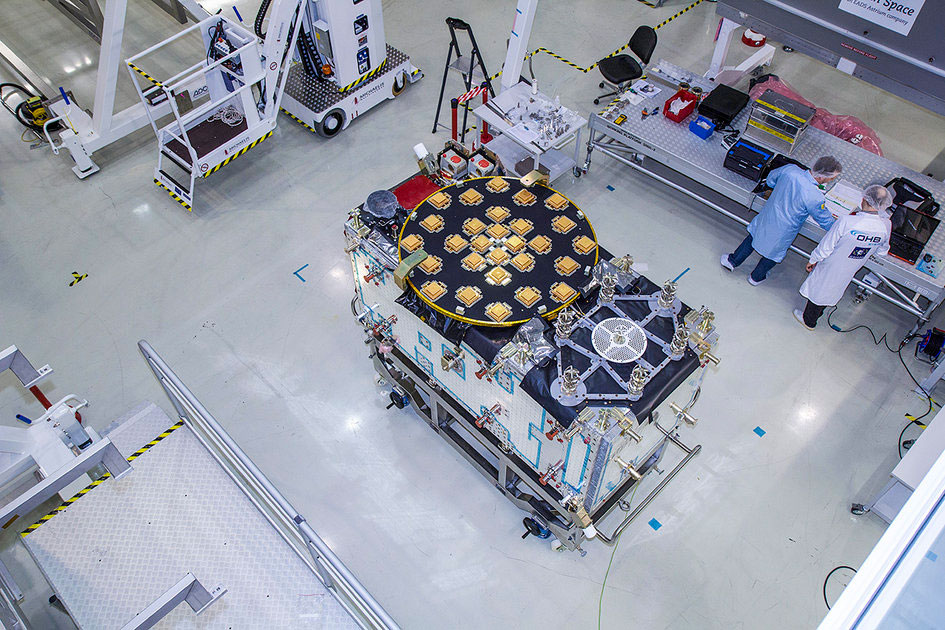
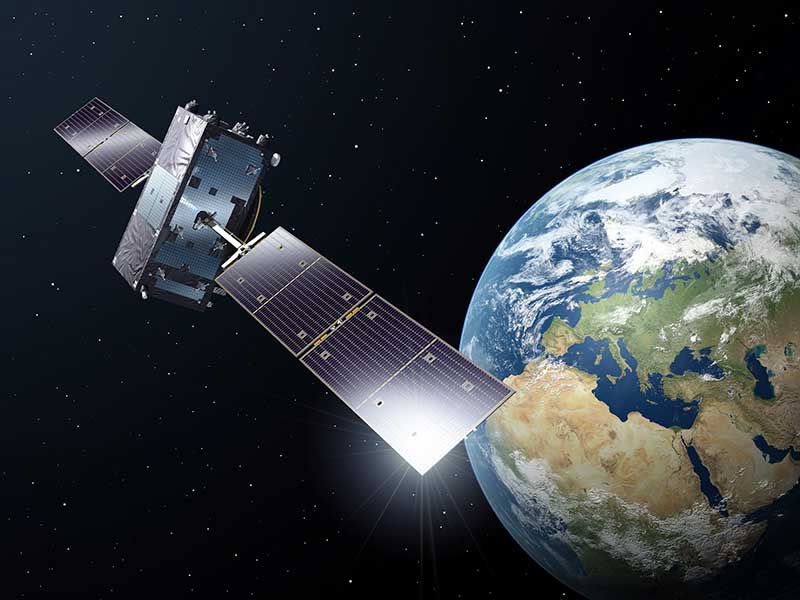
Galileo Global Navigation Satellite System (Galileo GNSS) is providing improved positioning and timing information with significant positive implications for many European services and users. For example:
- Galileo allows users to know their exact position with greater precision than what is offered by other available systems,
- The products that people use every day, from the navigation device in your car to a mobile phone, benefit from the increased accuracy that Galileo provides,
- Critical, emergency response-services benefit from Galileo,
- Galileo’s services will make Europe’s roads and railways safer and more efficient,
- It boosts European innovation, contributing to the creation of many new products and services, creating jobs and allowing Europe to own a greater share of the EUR 175 billion global GNSS market (source: GNSS Market and User Reports).
Starting in February 2023, the Galileo constellation consists of 24 operational satellites. The GIOVE-prototype satellites were retired in 2012, while one satellite is unavailable and three are currently unusable. Among the active satellites, three are of the IOV type and 21 are of the FOC type. The first pair of FOC satellites were launched into eccentric orbits that rotate with respect to the other Galileo orbital planes. Out of the 24 operational satellites, 1 is not available and 3 are currently unusable. The remaining 10 FOC satellites have been manufactured and tested and are currently in storage awaiting launch by Ariane 6. These FOC satellites were built by OHB in Bremen, Germany, with contributions from Surrey Satellite Technology (SSTL) in Guildford, UK.
The FOC satellites were built in three batches:
Batch-1, consisting of 14 FOC satellites (Galileo-FOC FM1 to Galileo-FOC FM14)
Batch-2, consisting of 8 FOC satellites (Galileo-FOC FM15 to Galileo-FOC FM22)
Batch-3, consisting of 12 FOC satellites (Galileo-FOC FM23 to Galileo-FOC FM34)
In addition, the new Galileo Second Generation (G2G) satellites are currently in development by satellite manufacturers Thales Alenia Space and Airbus Defense & Space. These new satellites will feature electric propulsion, enhanced navigation signals and capabilities, inter-satellite links, and reconfigurability in space. Their deployment is expected to begin by late 2024, while Batch-3 is being completed. The next generation of satellites is anticipated to become operational after 2025 to replace older equipment, which can then be used for backup capabilities.
| Satellite | Name (Nickname) | Mission | Launch Date | Launcher | Launch Provider |
| GIOVE-A | GSAT-0001 | ST-15 | Dec 28th, 2005 | Soyuz-FG | Starsem KZ |
| GIOVE-B | GSAT-0002 | ST-21 | Apr 26th, 2008 | Soyuz-FG | Starsem KZ |
| IOV-FM1 | GSAT-0101 (Thijs) | VS-01 | Oct 21st, 2011 | Soyuz-STB | Arianespace FG |
| IOV-FM2 | GSAT-0102 (Natalia) | VS-01 | Oct 21st, 2011 | Soyuz-STB | Arianespace FG |
| IOV-FM3 | GSAT-0103 (David) | VS-03 | Oct 12th, 2012 | Soyuz-STB | Arianespace FG |
| IOV-FM4 | GSAT-0104 (Sif) | VS-03 | Oct 12th, 2012 | Soyuz-STB | Arianespace FG |
| FOC-FM1 | GSAT-0201 (Doresa) | VS-09 | Aug 22nd, 2014 | Soyuz-STB | Arianespace FG |
| FOC-FM2 | GSAT-0202 (Milena) | VS-09 | Aug 22nd, 2014 | Soyuz-STB | Arianespace FG |
| FOC-FM3 | GSAT-0203 (Adam) | VS-11 | Mar 27th, 2015 | Soyuz-STB | Arianespace FG |
| FOC-FM4 | GSAT-0204 (Anastasia) | VS-11 | Mar 27th, 2015 | Soyuz-STB | Arianespace FG |
| FOC-FM5 | GSAT-0205 (Alba) | VS-12 | Sep 11th, 2015 | Soyuz-STB | Arianespace FG |
| FOC-FM6 | GSAT-0206 (Oriana) | VS-12 | Sep 11th, 2015 | Soyuz-STB | Arianespace FG |
| FOC-FM7 | GSAT-0207 (Antonianna) | VA-233 | Nov 17th, 2016 | Ariane 5ES | Arianespace FG |
| FOC-FM8 | GSAT-0208 (Andriana) | VS-13 | Dec 17th, 2015 | Soyuz-STB | Arianespace FG |
| FOC-FM9 | GSAT-0209 (Liene) | VS-13 | Dec 17th, 2015 | Soyuz-STB | Arianespace FG |
| FOC-FM10 | GSAT-0210 (Danielé) | VS-15 | May 24th, 2016 | Soyuz-STB | Arianespace FG |
| FOC-FM11 | GSAT-0211 (Alizée) | VS-15 | May 24th, 2016 | Soyuz-STB | Arianespace FG |
| FOC-FM12 | GSAT-0212 (Lisa) | VA-233 | Nov 17th, 2016 | Ariane 5ES | Arianespace FG |
| FOC-FM13 | GSAT-0213 (Kimberley) | VA-233 | Nov 17th, 2016 | Ariane 5ES | Arianespace FG |
| FOC-FM14 | GSAT-0214 (Thijmen) | VA-233 | Nov 17th, 2016 | Ariane 5ES | Arianespace FG |
| FOC-FM15 | GSAT-0215 (Nicole) | VA-240 | Dec 12th, 2017 | Ariane 5ES | Arianespace FG |
| FOC-FM16 | GSAT-0216 (Zofia) | VA-240 | Dec 12th, 2017 | Ariane 5ES | Arianespace FG |
| FOC-FM17 | GSAT-0217 (Alexandre) | VA-240 | Dec 12th, 2017 | Ariane 5ES | Arianespace FG |
| FOC-FM18 | GSAT-0218 (Irina) | VA-240 | Dec 12th, 2017 | Ariane 5ES | Arianespace FG |
| FOC-FM19 | GSAT-0219 (Tara) | VA-244 | July 25th, 2018 | Ariane 5ES | Arianespace FG |
| FOC-FM20 | GSAT-0220 (Samuel) | VA-244 | July 25th, 2018 | Ariane 5ES | Arianespace FG |
| FOC-FM21 | GSAT-0221 (Anna) | VA-244 | July 25th, 2018 | Ariane 5ES | Arianespace FG |
| FOC-FM22 | GSAT-0222 (Ellen) | VA-244 | July 25th, 2018 | Ariane 5ES | Arianespace FG |
| FOC-FM23 | GSAT-0223 (Nikolina) | VS-26 | Dec 5th, 2021 | Soyuz-STB | Arianespace FG |
| FOC-FM24 | GSAT-0224 (Shriya) | VS-26 | Dec 5th, 2021 | Soyuz-STB | Arianespace FG |
| FOC-FM25 | GSAT-0225 (Patrick) | L12 | Apr 28th, 2024 | Falcon 9 | SpaceX USA |
| FOC-FM26 | GSAT-0226 | L13 | Sep 12th, 2024 | Falcon 9 | SpaceX USA |
| FOC-FM27 | GSAT-0227 (Juliana) | L12 | Apr 28th, 2024 | Ariane 62 | SpaceX USA |
| FOC-FM28 | GSAT-0228 | 2025 | Ariane 62 | Arianespace FG | |
| FOC-FM29 | GSAT-0229 | 2025 | Ariane 62 | Arianespace FG | |
| FOC-FM30 | GSAT-0230 | 2026 | Ariane 62 | Arianespace FG | |
| FOC-FM31 | GSAT-0231 | 2026 | Ariane 62 | Arianespace FG | |
| FOC-FM32 | GSAT-0232 | L13 | Sep 12th, 2024 | Falcon 9 | SpaceX USA |
| FOC-FM33 | GSAT-0233 | 2026 | Ariane 62 | Arianespace FG | |
| FOC-FM34 | GSAT-0234 | 2026 | Ariane 62 | Arianespace FG |
All trademarks, logos and images mentioned and showed on this page are property of their respective owners.
Resources
www.euspa.europe.eu
www.galileognss.eu
www.esa.int
www.europa.eu
www.arianespace.com
www.starsem.com
www.wikipedia.org
www.airbus.com
www.thalesgroup.com
www.gsc-europe.eu
www.glosnass-iac.ru
www.beidou.gov.cn
www.gps.gov
www.spaceflight101.com
www.afsc.af.mil
www.af.mil
www.space.com
www.gpsworld.com